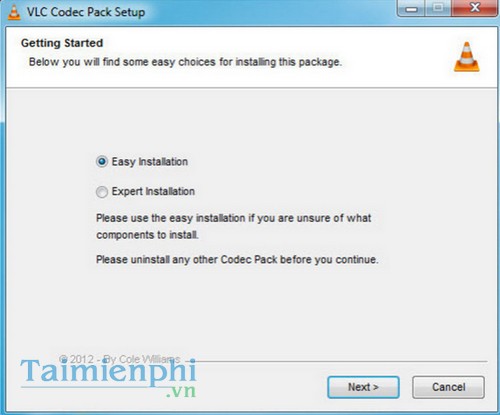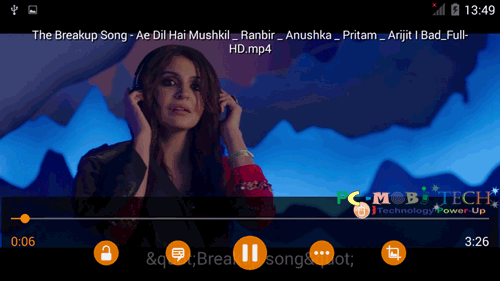

Obviously the speakers need to be chosen such that the sound card cannot produce more power than the speakers are rated to handle. Different sound cards can produce varying amounts of output power, and different speakers can handle varying amounts of input power. Now, in a laptop, the sound card and speakers are chosen by the manufacturer. A sample with the highest signed 16-bit value (32,767) tells the sound card to produce its most powerful signal.

So that means that the sound card has to interpret each of the signed 16-bit values and determine what kind of electrical signal it should output to the speakers to get the desired effect (sound). A large amplitude means the speaker cone should move a lot, and small amplitude means it should stay nearly at rest. You can view PCM sample amplitude as telling the sound card how much power to apply to the circuit driving the speaker. Each integer represents the sound amplitude during a particular 1/44,100th of a second, with a large negative number (-32,768) being a small amplitude and a large positive number (32,767) being a big amplitude. Typically each second of audio is broken into about 44,100 of these integers. This is a series of audio "samples", which in the Windows case are individual signed 16-bit integers. So, of course, VLC was the issue.Īudio is generally handed over to the OS via a format called Pulse Code Modulation.
#VLC AC3 CODEC UPDATE#
PS: they even provide a BIOS update for the fix. Maybe Dell should advise against playing Metal music and should only allow Céline Dion music, because Metal saturates more. "Correlation does not mean causation" is something that seems too complex for cheap Dell support.
#VLC AC3 CODEC DRIVERS#
Simply said, the sound card outputs at max 10W, and the speakers only can take 6W in, and neither their BIOS or drivers block this.Īnd as VLC is present on a lot of machines, it's simple to blame VLC. The issue here is that Dell sound cards output power (that can be approached by a factor of the quadratic of the amplitude) that Dell speakers cannot handle.
#VLC AC3 CODEC SOFTWARE#
VLC is a Software using the OFFICIAL platforms APIs. VLC does not (and cannot) modify the OUTPUT volume to destroy the speakers. This is just like replay gain, broken codecs, badly recorded files or post-amplification and can lead to saturation.īut this is exactly the same if you put your mp3 file through Audacity and increase it and play with WMP, or if you put a DirectShow filter that amplifies the volume after your codec output.įor example, for a long time, VLC ac3 and mp3 codecs were too low (-6dB) compared to the reference output.Īt worse, this will reduce the dynamics and saturate a lot, but this is not going to break your hardware. VLC allows amplification of the INPUT above the sound that was decoded. In this case, VLC just uses the Windows APIs (DirectSound), and sends signed integers of 16bits (s16) to the Windows Kernel. As the main developer of VLC, we know about this story since a long time, and this is just Dell putting crap components on their machine and blaming others.


 0 kommentar(er)
0 kommentar(er)
